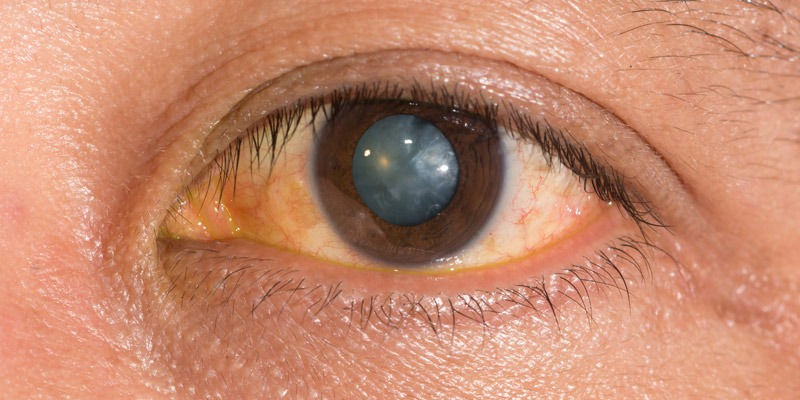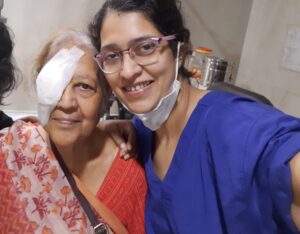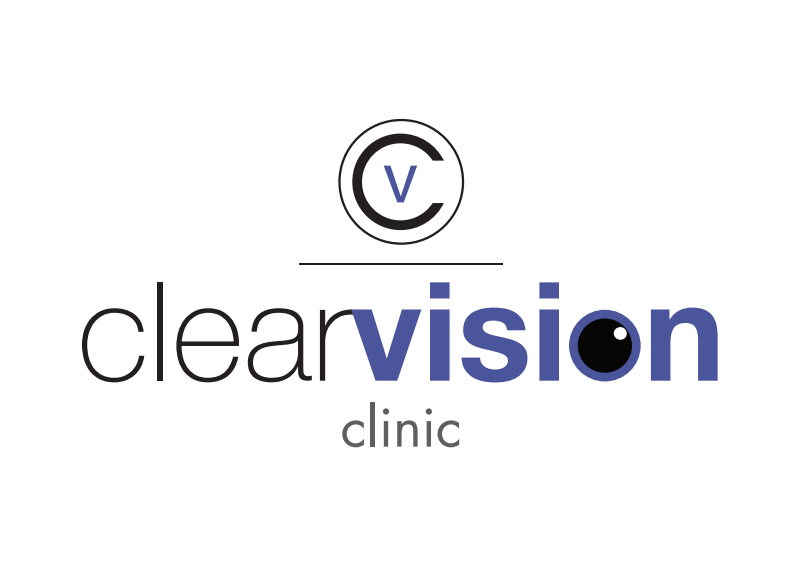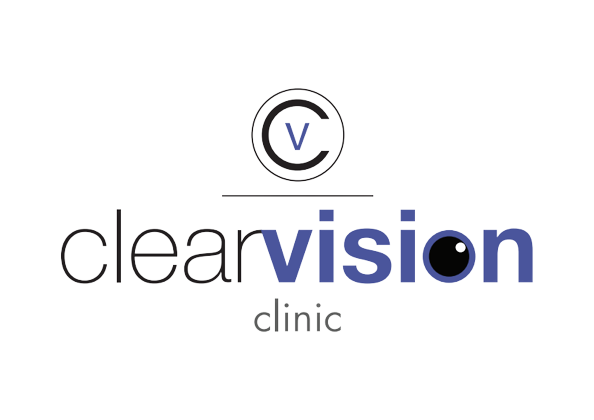What is a cataract?
A cataract develops when the lens in your eye, which is normally clear, becomes foggy.
For your eye to see, light passes through a clear lens.
The lens is behind your iris (colored part of your eye).
The lens focuses the light so that your brain and eye can work together to process information into a picture.
When a cataract clouds over the lens, your eye can’t focus light in the same way.
This leads to blurry vision or other vision loss (trouble seeing).
Your vision change depends on the cataract’s location and size.

What causes a cataract?
The lens of your eye is mostly water and proteins.
As proteins break down over time, they hang around
in your eye. These lingering proteins can make
your lens cloudy, so it’s hard to see clearly.
This is a typical, though unpleasant, part of aging.
Some things can speed up the formation of cataracts, such as:
• Diabetes.
• Steroids, common medications to treat conditions like arthritis and lupus.
• Phenothiazine drugs such as chlorpromazine, used to treat a variety of conditions such as schizophrenia and bipolar disorder.
• Eye surgery or eye injuries.
• Radiation treatment to your upper body.
• Spending a lot of time in the sun without eye protection, like sunglasses.
What are the symptoms of a cataract?
Cataracts are a common part of the eye’s aging process. Eventually, they can cause:
• Vision that’s cloudy, blurry, foggy or filmy.
• Sensitivity to bright sunlight, lamps or headlights.
• Glare (seeing a halo around lights), especially when you drive at night with oncoming headlights.
• Prescription changes in glasses,
including sudden nearsightedness.
• Double vision.
• Need for brighter light to read.
• Difficulty seeing at night (poor night vision).
• Changes in the way you see color.
Are cataracts painful?
Cataracts don’t usually hurt. But they can cause discomfort by making your eyes more sensitive to light.

How are cataracts treated ?
The standard cataract surgical procedure is performed in a hospital or in an outpatient surgery center.
There is no overnight stay at the facility. The most common form of cataract surgery today involves a process called phacoemulsification.
After numbing the eye with drops or an injection, your surgeon, with the use of an operating microscope, will make a very small incision in the surface of the eye in or near the cornea.
A thin ultrasound probe, which is often confused with a laser by patients, is inserted into the eye and uses high-ultrasonic vibrations to break up (phacoemulsify) the clouded lens.
These tiny fragmented pieces are then suctioned out of the eye using the same ultrasound probe.
Once the cataract is removed, an artificial lens is placed into the thin capsular bag that the cataract previously occupied. This lens is essential to help your eye focus after surgery
Who gets cataracts?
Most people start getting cataracts
around age 45. But you probably won’t notice symptoms until after age 60.
Rarely, babies are born with cataracts due to a birth defect.
Read More
More likely to develop cataracts,
if you:
- Smoke cigarettes.
- Live in an area with extreme air pollution.
- Use alcohol heavily.
- Have a family history of cataracts.
How common are cataracts?
This is common among older people.
More than 50% of people, age 60
and older have had cataracts.
Can you get cataracts in both eyes?
You can get cataracts in both eyes.
But one eye may be worse than
the other or develop at a later time

Services
Contact Us
• Corneal diseases
• Optical services

